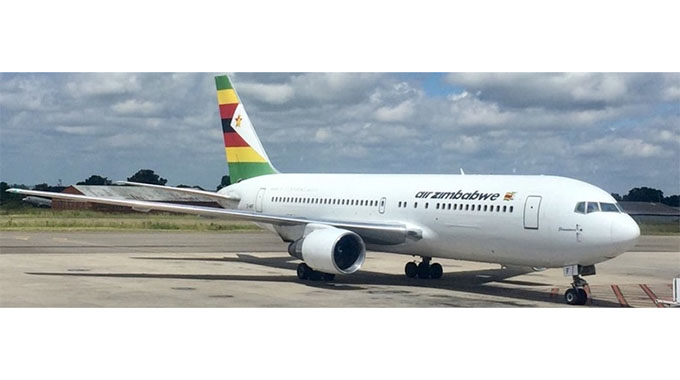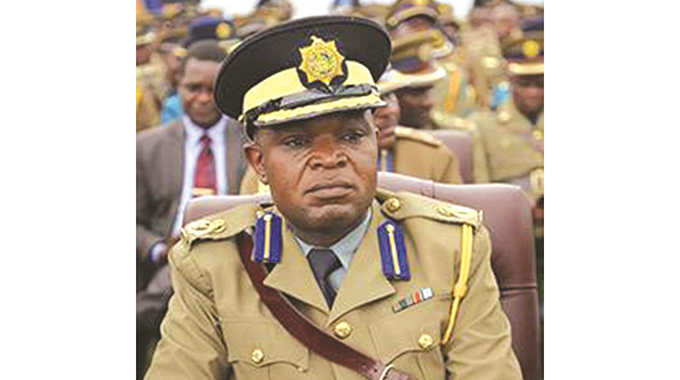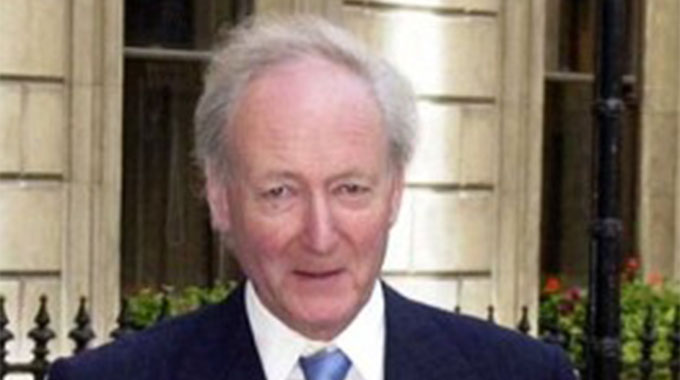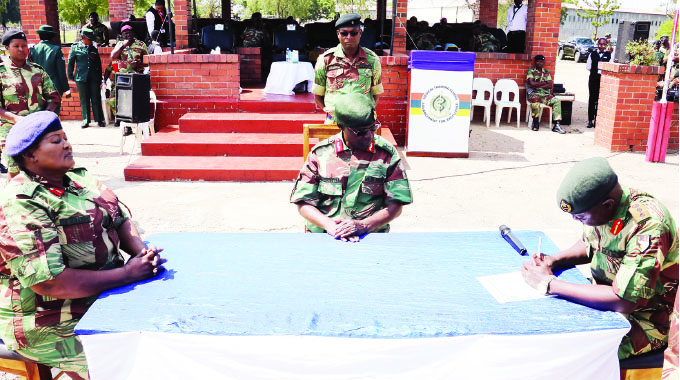EDITORIAL COMMENT: Re-equipping Airzim, needs proper planning

Air Zimbabwe, now coming out of a major reorganisation and creation of a proper business structure, is looking at how it needs to develop its future fleet to meet the needs of potential passengers and make its contribution to the growth and development of the economy.
This requires careful thought and even more careful modelling of future business trends, to ensure that there is an adequate degree of flexibility is built in so that all needs can be met, and that the fleet, for example, is suitable for the likely passenger loads and the sort of airports that are likely to be built within Zimbabwe. This was not always the case in the past.
Buying a new plane or planes is not like buying a new car or even a new corporate vehicle fleet. For a start, planes will be flying a lot longer.
In fact many finance arrangements see the loans needed to finance a purchase being spread over as long as 12 years, so an airline needs to be thinking at least that far ahead.
The second point to understand is that new planes are not sitting at some maker’s airfield waiting to be sold and then flown off, as might happen with cars in a showroom. They are ordered in advance and their manufacture is fed into the production chain at the appropriate moment.
In fact most aircraft makers get very nervous if the order book for a particular model has less than a year’s firm orders, and they start working out when to close down that production line.
While odd apparent bargains might be available quite quickly, often these are some cancelled order near the end of a production run, and the danger there is buying some dud, or buying something that will be obsolete long before you make the final payment.
The second factor to consider when choosing aircraft is to ensure that you have the flexibility to add to your fleet as business grows. Most airlines want the absolute minimum of aircraft types.
Every pilot and every engineer has to be certified for each type of aircraft they fly or maintain, and every type needs some highly specific maintenance equipment.
Certifying pilots requires time and money. They need to be made familiar with the plane, in simulators for ordinary flight as well as for every conceivable emergency, and then they need the minimum hours flying the real plane.
It is much the same for the engineers. If every plane in a fleet is different these costs become quite high, probably intolerably high. This creates another reason for looking at a plane that is far from the end of its production run, even if it takes a year from order to delivery.
If the same plane is being made in three years time, when you want another one, then your associated costs are lower and the work of operations managers are considerably simplified.
Air Zimbabwe has a number of complex calculations to make when it starts buying new aircraft. One requirement is for a plane that can fly to as many business and tourist attractions as possible within Zimbabwe.
In many ways this is the most crucial requirement, since foreign airlines can usually handle international routes, but no one except a Zimbabwean concern is going to look at local routes.
So even with the most generous open-skies policy, Air Zimbabwe can have a practical monopoly on these routes. There has been a lot of contraction on such routes in recent decades because Air Zimbabwe did not have suitable aircraft for some of the smaller “Viscount routes” it used to serve, places like Kariba and Hwange for example.
It is likely that airport expansion and development, and Mutare and Buffalo Range have been on the cards for many years, will again need the sort of plane that can carry modest numbers and use a runway that does not require three years to build.
These sort of planes, the workhorses of the shorter local commercial routes, are now made by close on a dozen manufacturers, so Air Zimbabwe has plenty of choice. But the final choice needs to be the right choice, and as the business grows and the fleet expands, it needs to be easy to expand without having to recertify the entire aircrew and engineering staff every time a new order is placed.
Some might worry if the same plane type can be used on potentially busier routes, like the Harare-Bulawayo or Harare-Victoria Falls routes. This should not be a problem, and a virtue can be made from flexibility by having two or three daily flights on these routes. In any case you make more money flying a smaller plane full than a larger plane half-empty.
The next size up would be to service busier regional routes, such as flights to Johannesburg or Nairobi, where there is competition, and then there are the international routes, although those need to be built around viability rather than prestige or “showing the flag”.
Quite a lot of smaller airlines come short when they try to expand too far or too fast, especially if they buy the wrong design.
Careful examination of what is now on offer might well find that a suitable plane exists that can cope with both busy regional routes and longer intercontinental routes. We are now down to a far smaller group of manufacturers, with zero influence on their designs since our needs will be so small, but looking at similar sized airlines could identify a suitable type. Again it needs to make a profit for 12 years to pay off the loans.
From all these concerns and needs it is fairly obvious that re-equipping Air Zimbabwe is not going to need the easiest and most obvious solutions. But if this time we start with clear minds, remember viability as a major requirement, and we quite clear on practical business needs, there is enough range of designs for us to build the sort of airline we need and deserve. But it will not be instant.








Comments